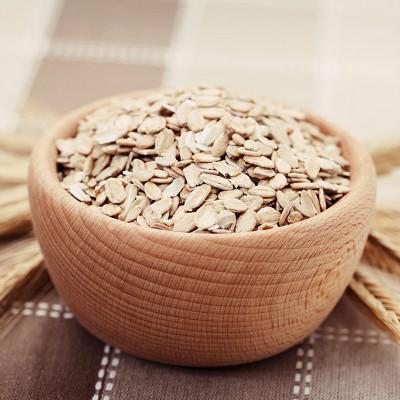Symptoms of motor paralysis
summary
Paralysis caused by the damage of upper motor neurons and their axon fibers. The superior motor neurons originate from the pyramidal cells in the motor area of the central anterior frontal gyrus and include the pyramidal tract, which is the central motor pathway to the motor nucleus of the brainstem cranial nerve and the anterior horn cells of the spinal cord. Symptoms of motor paralysis? Let's talk about it
Symptoms of motor paralysis
As the motor cortex and descending pyramidal tract dominate the muscle group, the lesion often leads to paralysis of the whole limb (monoplegia) and hemiplegia of one limb (hemiplegia); Bilateral lesions can cause paraplegia or quadriplegia.
The muscle tension of the affected limb was increased, the tendon reflex was hyperreflexive, the superficial reflex was weakened or disappeared, the pathological reflex appeared, there was no muscle atrophy and muscle bundle tremor, but the disuse muscle atrophy could be seen after long-term paralysis. EMG showed normal nerve conduction velocity and no denervation potential.
Acute severe lesions such as acute stroke, acute myelitis, due to a sudden interruption of the pyramidal tract, spinal cord shock, muscle stretch reflex inhibition, soft paralysis, tendon reflex decreased or disappeared. After a few days or weeks, the stretch reflex recovered and turned into hypermyotonia and tendon hyperreflexia. The length of shock period depends on the degree of lesion and complications such as infection. Because muscle spindles are more sensitive to stretch reflex than before, especially the muscle tension of upper limb flexor and lower limb extensor is higher. The initial resistance is large, and then the resistance decreases rapidly, showing clasp knife phenomenon.
matters needing attention
Maintain the functional position of the limbs: the finger joints of the paralyzed limbs should be extended and slightly flexed, and a sponge can be placed in the hands of the patients; The elbow should be slightly flexed; The shoulder joint of upper limb is slightly abducted to avoid adduction; Extend the hip and knee joint; In order to prevent foot sagging, the ankle should be slightly dorsiflexed; In order to prevent the external rotation of the lower limbs, sandbags or other supports should be placed on the lateral part.












